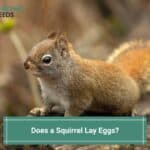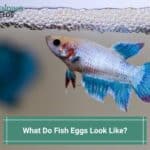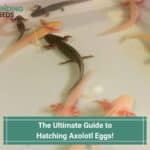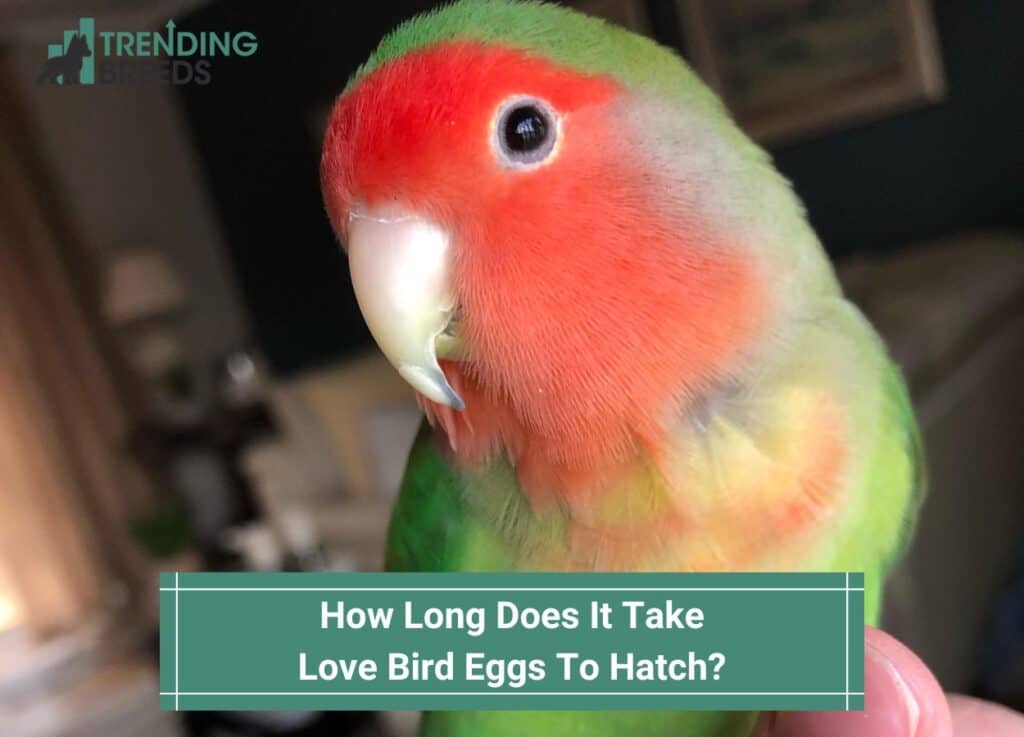
Lovebirds are stunning, colorful birds that are highly expressive and intelligent. If you’re breeding these favorite pets, you might wonder, how long does it take love birds eggs to hatch?
As their name suggests, they are known for their affectionate behavior towards their partners.
Lovebirds are fascinating creatures to breed, but it’s crucial to understand their behavior and needs before jumping in. Breeding lovebirds can be a rewarding experience, but it requires careful observation and patience to be successful.
Before scrolling down this guide, “How Long Does It Take Love Bird Eggs To Hatch,” check out: Why Do Birds Stand on One Leg? and Why Do Birds Chirp at 3 am?.
Table of Contents
How Long Does It Take Love Bird Eggs To Hatch?
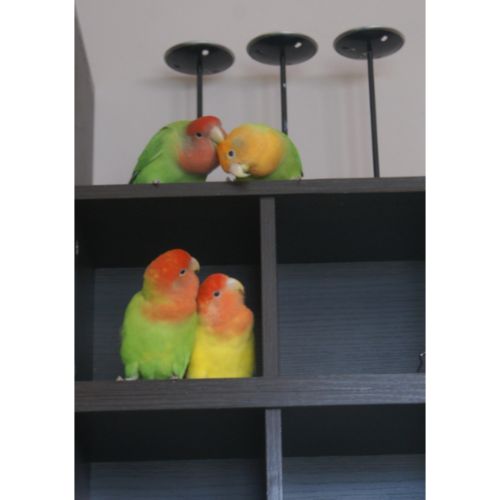
Lovebirds are monogamous birds that mate for life.
During breeding season, female lovebirds lay an average of four to six eggs, which are then incubated for 24-28 days.
The male lovebird provides food and protection for the female and the eggs during incubation.
Once the eggs hatch, both parents feed and protect their chicks.
Signs That Lovebirds Are Ready to Breed
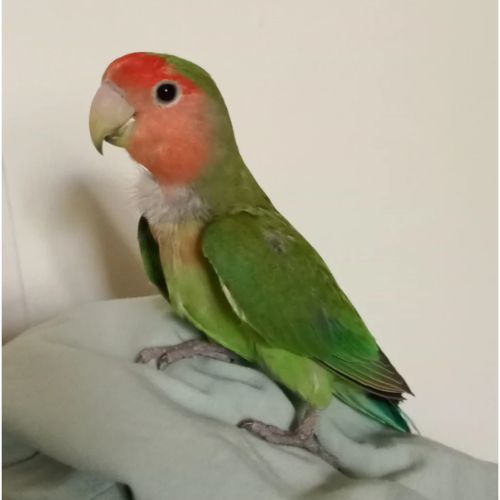
One of the obvious signs that your lovebirds are ready to breed is preening. When lovebirds are ready to mate, they spend considerable time preening each other.
This behavior is essential as it helps to build and strengthen the bond between partners. Another behavior to look out for is close snuggling.
During the breeding season, lovebirds tend to snuggle close to each other. Some lovebirds may spend the night together on a perch or in a cozy nesting box.
It’s also common for lovebirds to show aggression towards other birds or humans during the breeding season.
This typical behavior indicates that your lovebirds are in full breeding mode.
Regurgitation is another critical courtship behavior that lovebirds display during the breeding season.
The bird regurgitates food and feeds it to its partner as a sign of affection and courtship.
How Old Do Lovebirds Need To Be Before Breeding?
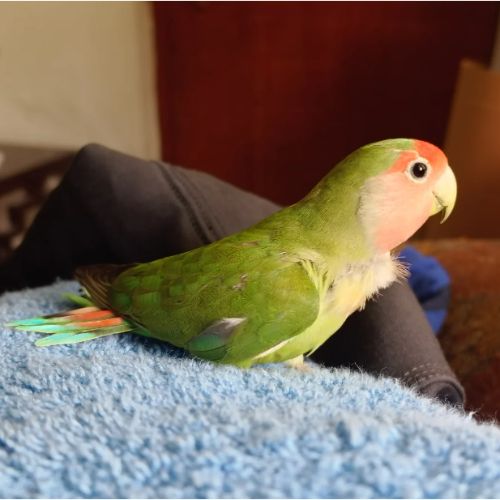
Lovebirds reach sexual maturity at about six to twelve months of age. However, the ideal age for breeding depends on the species and the bird’s health and well-being.
It’s essential to consider the physical and mental maturity of the bird before breeding.
Breeding too early or too late can adversely affect the bird’s health and reduce the chances of success.
Breeding too early can cause a lack of experience and skills to raise their young.
Breeding too late, on the other hand, can result in infertility, low egg production, and reproductive issues.
How Do You Prepare Lovebirds For Breeding?

Creating a suitable environment for your lovebirds is necessary for successful breeding. The breeding environment should be clean, safe, and free from any potential harm.
The nesting box is an essential part of the breeding environment and must be placed in a secure location with enough privacy.
The nesting box should adequately accommodate both birds and their chicks.
You must also provide your lovebirds with a healthy and balanced diet, as poor nutrition can affect breeding patterns.
Provide your birds with adequate lighting and enough rest, and avoid overcrowding, which can lead to stress and aggression.
What Should Breeding Lovebirds Be Fed?

Breeding lovebirds need a well-balanced diet mainly consisting of plant foods such as seeds, fruits, buds, and leaves.
A few specific species supplement their diet with insects and invertebrates, such as insects and larvae.
On the other hand, some species also have a varied diet that incorporates many food items such as fruits, grains, seeds, vegetables, and grasses.
Pet lovebirds should be provided with a diet resembling their natural habitat; thus, it is necessary to include various food items such as fruits, seeds, nuts, vegetables, grains, grasses, and specially formulated pellet food.
However, it can be challenging to maintain the health of some lovebird species in captivity that prefer to eat their native food.
To cater to their needs, lovebirds need a lot of fresh and cool water to moisten their food, which enables them to digest it more easily.
Check their water bowls or bottles often to ensure they do not run out, and always ensure the water is clean and free of feathers, food, and poop.
What Do Lovebirds Use To Make Their Nests?

Lovebirds are known for using various materials for their nesting; among them, wood shavings are a popular option due to their availability and affordability.
These shavings possess exceptional qualities for nesting, including quick drying when wet, offering a comfortable and soft pad for eggs and babies, and, most importantly, their fresh smell.
Of all the wood shavings, cedar and pine are the best choices as they are denser and more fragrant.
However, some downsides need to be considered before using wood shavings.
They need to be changed regularly to keep the nesting box clean, and more importantly, some wood shavings contain harmful chemicals and additives that may be toxic for lovebirds.
So, it is important to obtain wood shavings directly from the wood source to avoid potentially harmful additives.
Corn cob bedding offers a viable alternative, as it is eco-friendly, sustainable, and loved by lovebirds.
While shredding your corn cobs is an option, it is more convenient to purchase pre-shredded bedding.
Lovebirds enjoy snacking on corn cob bedding in between their regular feedings, and it is long-lasting, easy to manage, and does not retain unwanted smells.
On the downside, corn cob bedding is costlier than most other options available on the market, and it tends to dry out slowly when it gets wet, which can lead to respiratory issues and mold for lovebirds.
Thus, it is essential to replace damp corn cob bedding immediately.
Another popular option for lovebird nesting box bedding is shredded newspaper, especially for those who have a home paper shredder.
Shredded newspaper offers a sturdy surface for lovebirds to nest on and maintains fluffiness in humid conditions. It can also be mixed with other types of bedding.
However, there are some negative aspects before opting for shredded newspapers.
Lovebirds tend to move the paper shreds to the edges, leaving the middle bare, which means fresh newspaper needs to be added multiple times a week.
Shredding enough newspaper to cover an average-sized nesting box can be time-consuming, which isn’t always feasible with busy schedules.
How Old Are Baby Lovebirds When They Are Weaned?
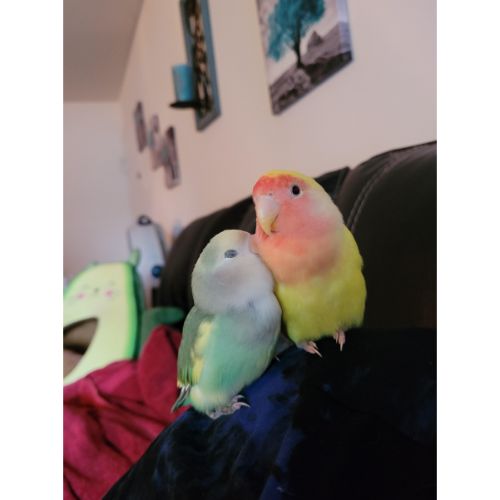
Lovebirds go through a phase where they leave the nesting box for brief periods before they become independent.
This stage is essential for their development so they don’t leave the box and never return.
Many lovebirds start exploring outside when their feathers are still developing.
However, some birds remain in the nesting box for a more extended period, leaving only a few times before they become fully independent.
The weaning time for lovebirds ranges from 4-8 weeks, with some being weaned earlier than others.
Late bloomers may have to be pushed out by the mother, who starts nesting again.
In captivity, breeders usually remove babies at eight weeks to prevent injuries as the mother tries to chase them away.
It’s crucial to ask for the bird’s age before adopting it. Unfortunately, some breeders may lie about their age, or the pet store may have too young birds.
Adopting a lovebird that is too young, for example, six weeks old, may be detrimental to its development.
While six weeks is the absolute minimum age, some lovebirds may not be ready to live independently at this time. Waiting until the bird is at least eight weeks old is safer.
If a lovebird is removed from the mother too quickly, it may develop various problems that affect its health and socialization.
Such birds may not eat correctly, leading to malnutrition or even starvation.
Additionally, they may exhibit aggressive behavior and territorialism due to the lack of proper socialization.
Thus, it’s vital to allow lovebirds to stay with their mothers for an adequate period to ensure that they develop correctly.
What Do Baby Lovebirds Eat After They Are Weaned?
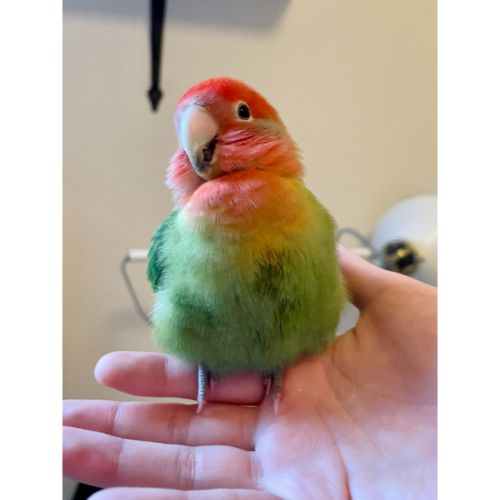
Baby lovebirds have different dietary requirements than adult lovebirds, and they cannot eat all the foods that adult lovebirds can easily eat.
Therefore, it is crucial to know what foods are appropriate for feeding baby lovebirds in order to ensure their optimal health and growth.
One of the primary foods for feeding baby lovebirds is baby bird formula.
This provides all of the essential nutrients that baby lovebirds need to thrive.
In addition, moistened dog food can also be fed to baby lovebirds, along with other foods such as crushed bananas.
The parent lovebirds should have access to a wide variety of natural food options, which they feed to their chicks.
This includes fresh fruits, vegetables, whole grains, legumes, sprouts, and pellets.
Lovebirds carefully select fresh and healthy foods to feed their young, ensuring their diet is rich in nutrients and vitamins.
When feeding baby lovebirds, it is important to serve them chopped or crushed fruits or vegetables to make them easier to digest.
In addition, protein-rich foods like hard-boiled eggs can also be fed to baby lovebirds to facilitate growth and development.
Bird pellets are a good option for weaning baby lovebirds from a liquid to a solid diet.
The feeding process for baby lovebirds involves the parent lovebirds using their beaks to push the food into their young’s mouth gently.
This process also helps to stimulate the chicks to eat and become accustomed to solid foods. Moreover, fresh water is also provided to baby lovebirds as needed.
By introducing various healthy foods, lovebirds can help nurture their young and ensure that their babies receive all the nutrients they need to thrive and flourish.
If you find this guide, “How Long Does It Take Love Bird Eggs To Hatch,” helpful, check out:
- Why Do Birds Move Like Robots?
- Why Do Birds Move Like Robots?
- Why Do Birds Throw Babies Out of the Nest?
Learn more by watching “Lovebird Egg Hatching/Fertile Egg” down below:


